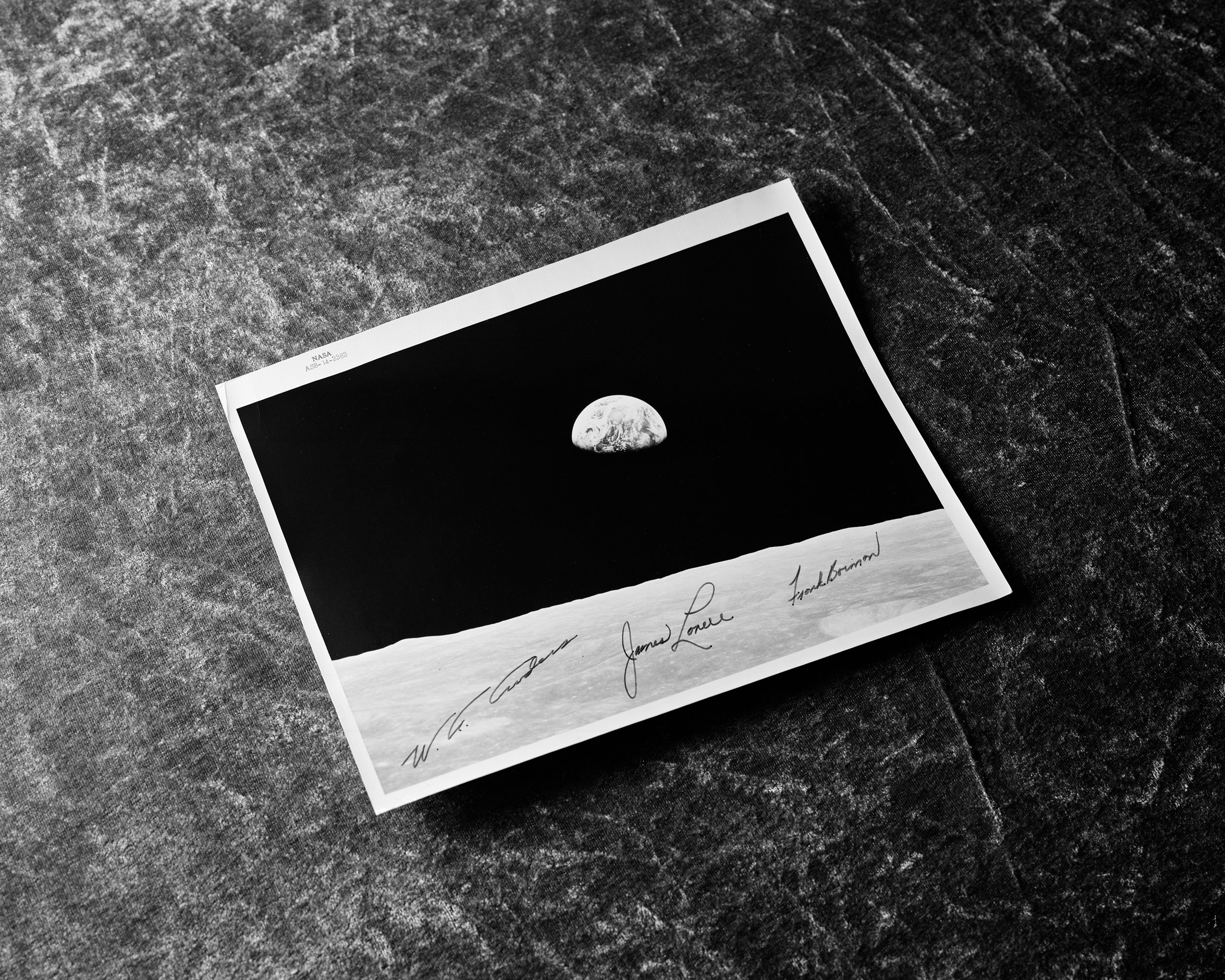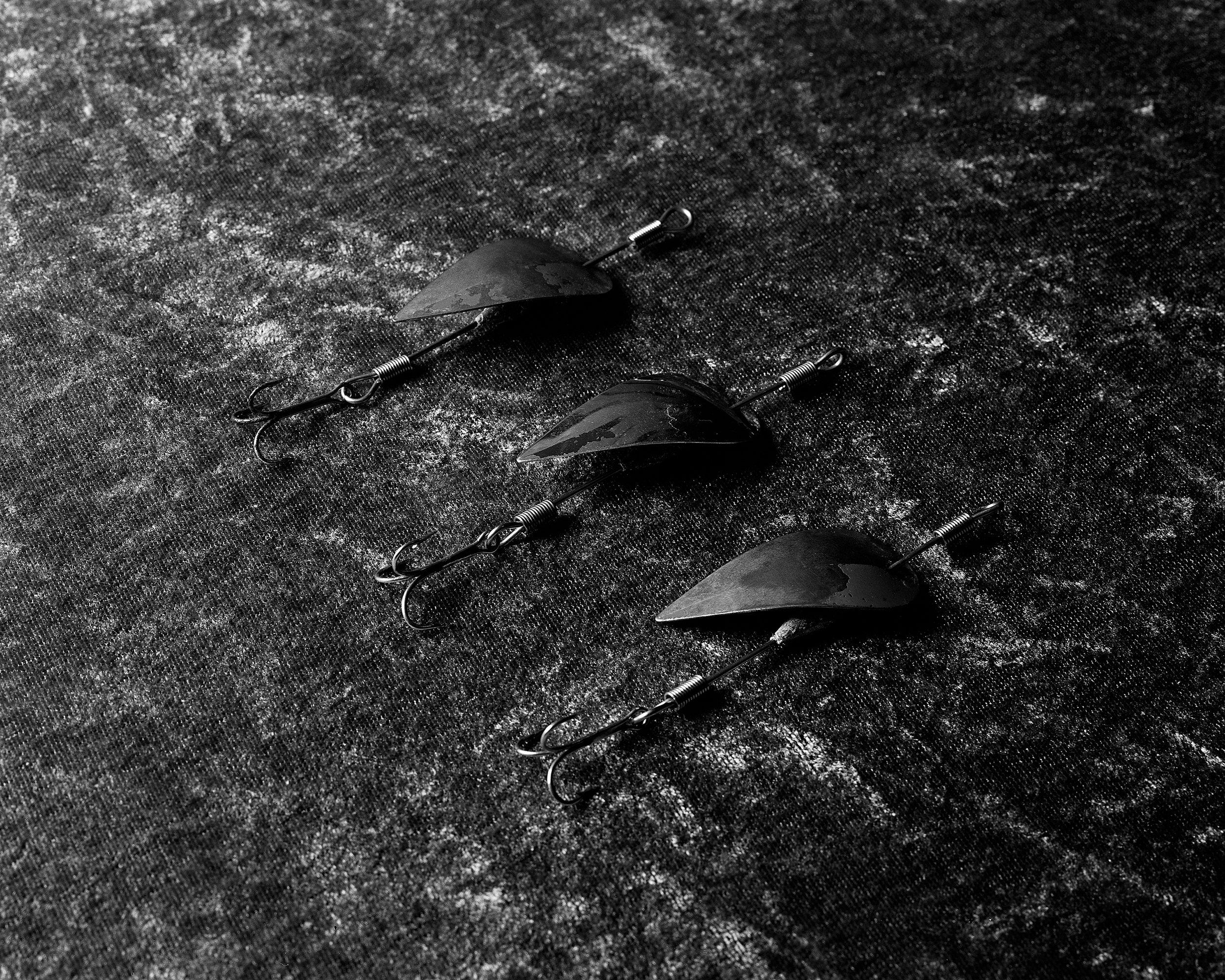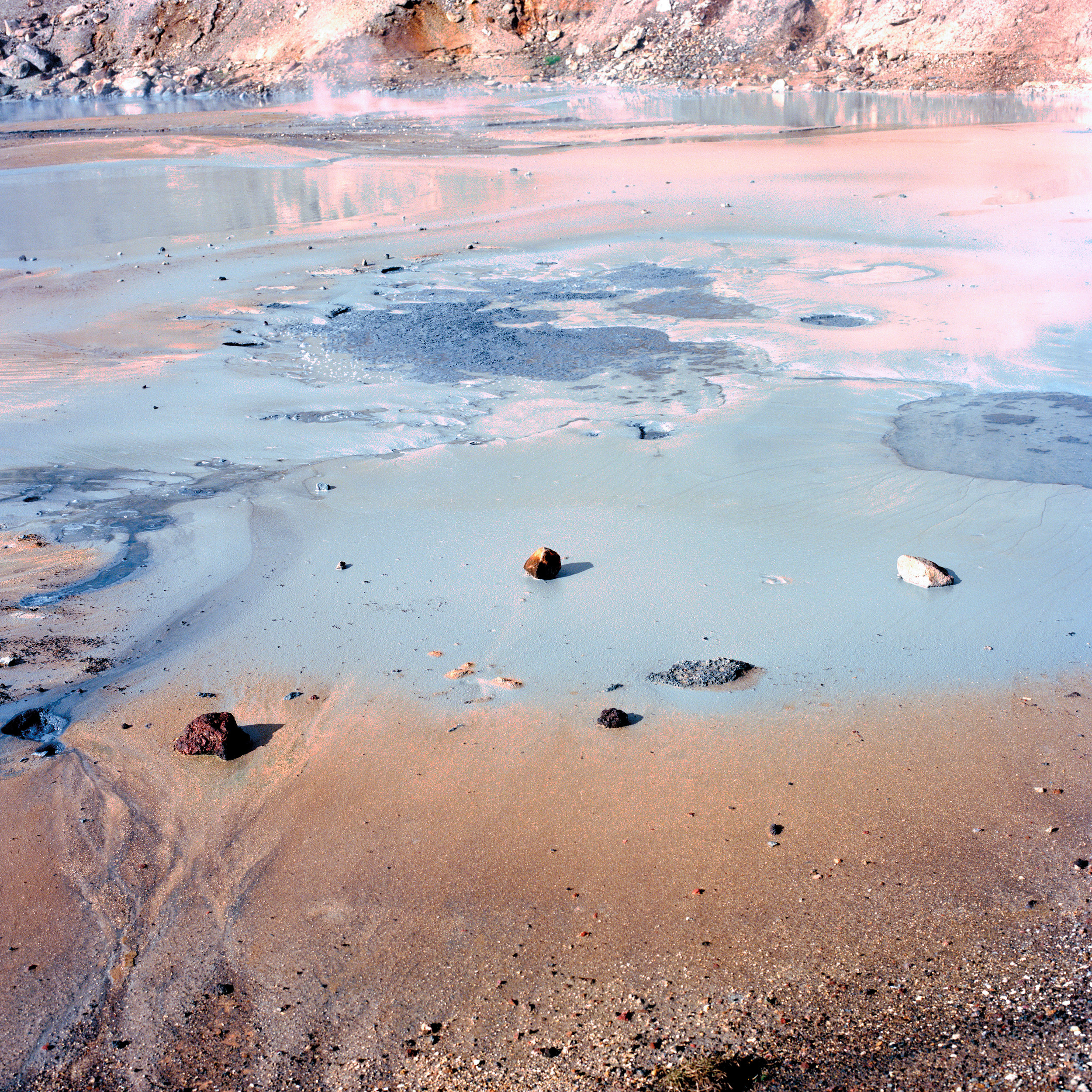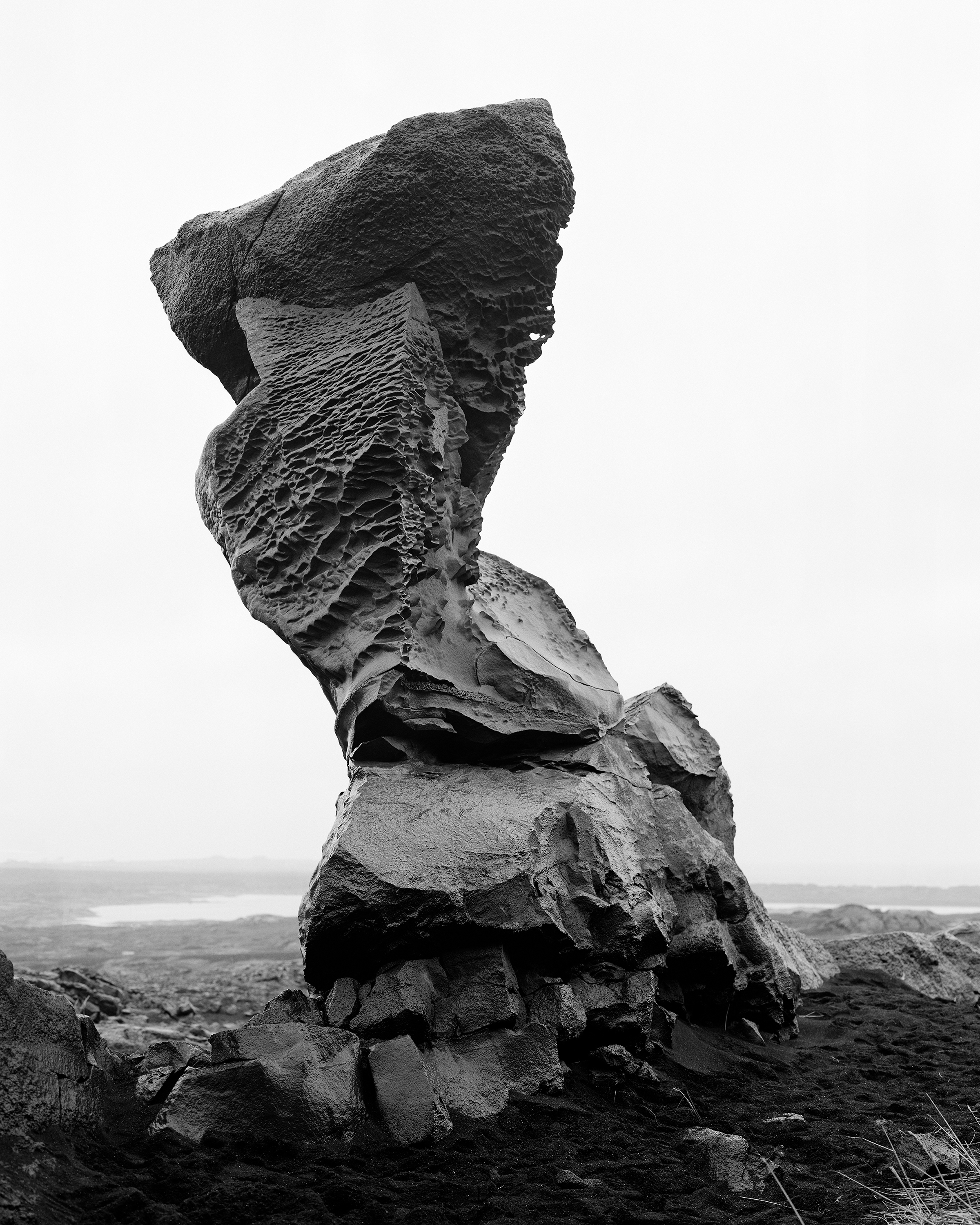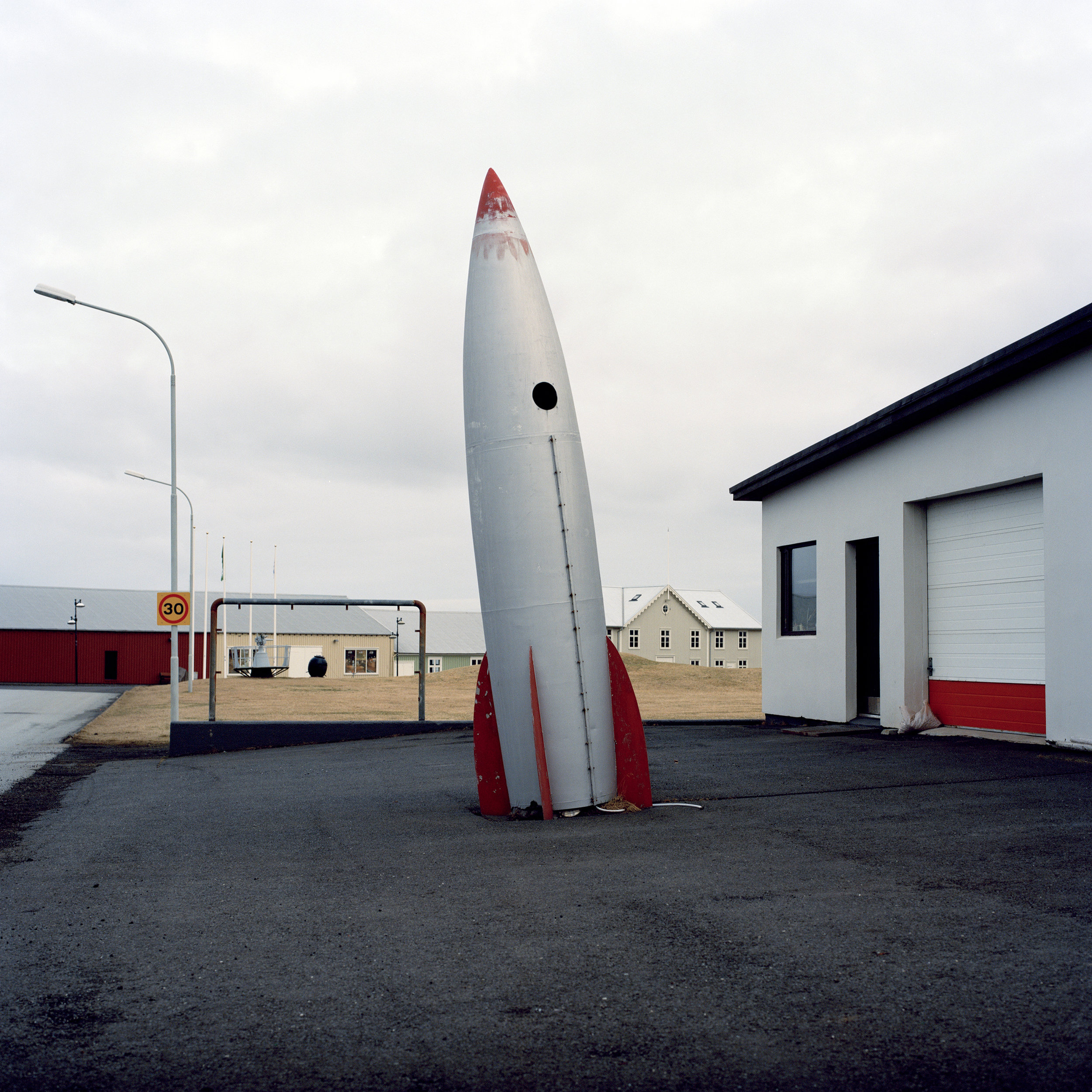“‘’My experience as a Docker will always be an important reference point for me. It was my first visit to the Netherlands and I was given tailored access to the Docking Station network, meeting with Dutch professionals in different fields that would push my project and overall practice to the next level. As an international artist, I learnt that it is possible for me to use the world as a platform for my work and to create opportunities for myself.””
DOCKER #12
MATTHEW BROADHEAD
A Space for Humans: The Moon on Earth is a project about how Iceland, an island nation with a history of varied volcanic activity, was chosen by NASA and the United States Geological Survey for astronauts to train at selected terrestrial analogue sites. In these locations, the astronauts played ‘the moon game’ to prepare themselves physically, emotionally and scientifically before they went to the moon.
In response to this, Matthew Broadhead went to Iceland to retrace their steps and imagine what it would be like to visit the moon during a process of secularisation and colonisation.
Who? Matthew Broadhead
From United Kingdom
Docking June 5 - 25, 2017
Working on Heimr
About Places on Earth with assumed past or present geological, environmental or biological conditions of a celestial body such as the Moon or Mars
Matthew Broadhead is a British photographer currently based in Southwest England. He graduated from the BA (Hons) Photography program at the University of Brighton in 2016 and has enjoyed recognition for his graduate body of work ‘Heimr’ that was featured in the July 2016 issue of The British Journal of Photography and received 1st prize in judging for the inaugural Photoworks award.
ambassador
MARK POWER
A member of Magnum Photos and Professor of Photography in The Faculty of Arts and Architecture at the University of Brighton
MARK ON MATTHEW
‘‘Matthew Broadhead studied on the BA Photography course at the University of Brighton, graduating with First Class Honours in 2016. Heimr, his final submission, demonstrated Matthew’s diverse interests; Clearly a voracious reader and absorber of facts, Heimr drew inspiration from a range subjects including geology, archeology, history, literature, science and (of course) the visual arts. This was particularly evident in the research he also presented (at Brighton we ask students to include supporting material detailing the journey through their project) which was among the most comprehensive the staff had ever seen. I remember thinking, as I skimmed through his monumental document, that it was almost good enough to publish in its own right. But let us not miss the point here: an ability to contextualise and discuss ones own work is important, but it’s not enough in itself. In Matthew’s case his practical work was equally as strong, his photographs mirroring his eclectic interests with supreme confidence. The photographs were shrewdly drawn together into one cohesive whole, demonstrating Matthew’s understanding of aesthetics; he well knew his work needed to be visually appealing in order to effectively communicate his complex ideas. It is rare to find a balance of the visual and intellectual in one so young, and he fully deserves his selection for the Docking Station.’’


